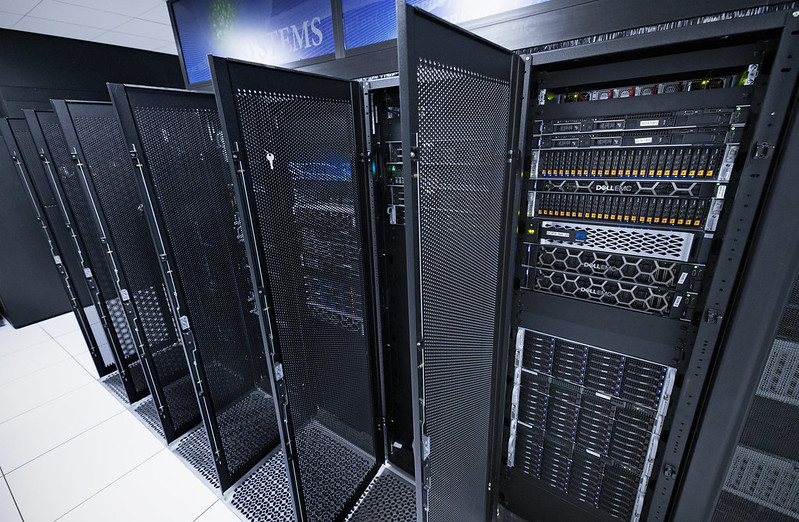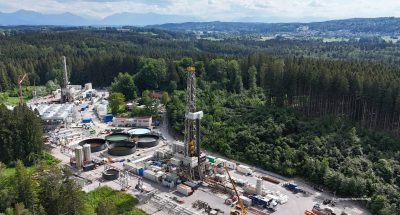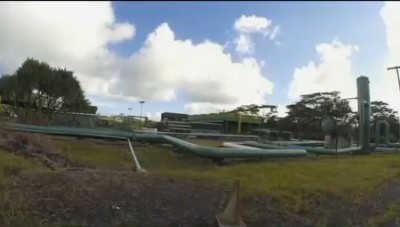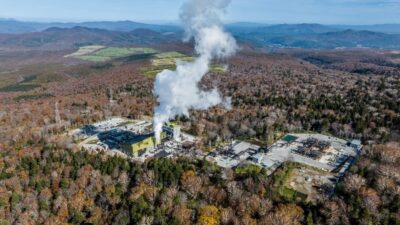Could geothermal meet rising data center electricity demand?
A new report by the Rhodium Group highlights geothermal energy’s potential to meet growing data center electricity demand, driven by AI expansion.
A new report by the Rhodium Group (released March 11, 2025) explores how geothermal energy can play a crucial role in meeting the rapidly growing electricity demand from data centers, driven by the AI boom.
The report emphasises enhanced geothermal systems (EGS) and sees the potential that EGS ould supply up to 64% of projected data center demand growth by the early 2030s, and in optimal conditions, 100% of demand at lower costs than conventional grid electricity.
The AI-driven surge in electricity demand
The expanding use of artificial intelligence (AI) and cloud computing is pushing electricity consumption to unprecedented levels. The report notes that:
- Data centers’ share of U.S. electricity consumption has grown from 2% in 2020 to 4.5% in 2024.
- By 2028, data centers could account for 7-12% of total electricity demand, stressing the power grid.
- AI training models, including ChatGPT, Google Gemini, and Meta AI, are primary drivers of this surge.
As utilities struggle to expand power generation capacity, geothermal energy is emerging as a viable 24/7 solution to support data center growth.
Geothermal’s key advantages for data centers
The report identifies several reasons why geothermal energy is a strong candidate for powering AI-driven data centers:
- High Reliability – Unlike wind and solar, geothermal operates 24/7 with a capacity factor above 90%.
- Lower Costs – Locating data centers near geothermal resources could reduce electricity costs by 31-45%.
- Reduced Carbon Footprint – Geothermal provides firm, zero-carbon energy, helping companies like Amazon, Microsoft, and Google meet their clean energy targets.
Overcoming Barriers to Geothermal Expansion
To fully realize geothermal’s potential for data centers, the report outlines key challenges:
- Permitting Delays – Federal approvals for geothermal projects can take 7-10 years, hindering development.
- Grid Connection Bottlenecks – Many geothermal projects face long wait times for interconnection.
- Financing Gaps – Despite its potential, geothermal still faces funding challenges compared to solar and wind.
The report urges policymakers and tech companies to support regulatory reforms, investment incentives, and faster permitting to accelerate geothermal adoption.
The path forward: geothermal-driven data centers
If AI companies prioritize siting data centers near geothermal resources, geothermal energy could meet 100% of projected demand growth while cutting costs and emissions.
With strong policy support and industry investment, geothermal could become a cornerstone of sustainable AI infrastructure, ensuring energy security and clean growth in the digital era.
Source: The Rhodium Group



















